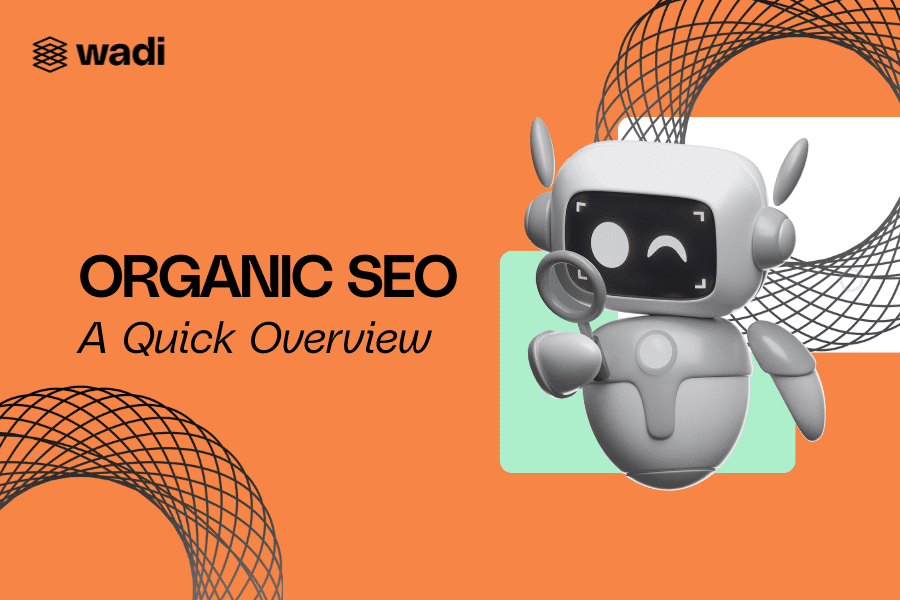When it comes to establishing a brand and connecting with an audience, blogging is considered one of the best tools to use. Compared to standard website content creation, writing and the posting of blogs is considered more personal, engaging and timely. It’s posted on a regular basis, whether daily or weekly and allows the writers or the company to cover a diverse set of topics without being too formal. Because of its nature, blog creation has been used by individuals to convey their ideas, or business owners to boost one’s branding. Unfortunately, not everyone appreciates the importance of blog creation and worse, some fail to even start one. The result is a lost opportunity, a chance to connect with the target audience in a more engaging and personal way. Here are some tricks on how you can avoid the same blogging mistakes and win the audience for your brand.
Set-up your blog immediately
Blogs are often set-up together with a website. Whether it’s just a part of the website or a stand-alone platform, it’s important that you set-up your blog immediately. When it comes to setting up a blog, you will end up with two popular options- to create a sub-directory or sub-domain. Both options can work for website and blog creation and has its own set of benefits and features. Although the use of sub-domains (us.example.com) has its cons, there are some benefits that an owner can get. If you get this kind of arrangement, you can create a specific blog that will cater to a specific set of audience, like by language or by country. However, Google may see the sub-domain as a separate website, thus will require its own set of SEO practices for it to take off. The other option is to simply use a sub-directory, one that’s easiest to implement as the blog simply becomes just one of the folders of a website. A folder or sub-directory may assume the branding and rank value of the official website, thus no extra work is required.
Make posting a “second skin”
A blog by nature requires regular updates. And if you are going to use a blog for your personal or corporate branding, it’s best to post on a regular basis, both for Organic SEO purposes and your customers. Updating the blog or posting new content on a regular basis can help boost its ranking. And it can also help drive traffic, as customers and target readers will be motivated to constantly check the blog, knowing that fresh contents are published on a regular basis. You don’t want a blog that will remain idle and dry right after creation, with readers left high and dry.
Pay attention to tags, author and subject pages
When it comes to blogging, it’s also recommended to pay attention to its structure and on-site optimization. While fresh content matters, what you do on-site and the tweaks that you complete are equally important. For example, you can arrange for subject pages, especially if the blog will cover a diverse set of topics. And if there’s more than one author, a multi-author blogging arrangement may be considered.
Blog creation requires commitment, and it all starts by posting your first blog. Make sure your blog regularly, and blog to be understood and connect. Once you have connected with an audience, then you can finally pay attention to its structural elements, for optimization purposes.






